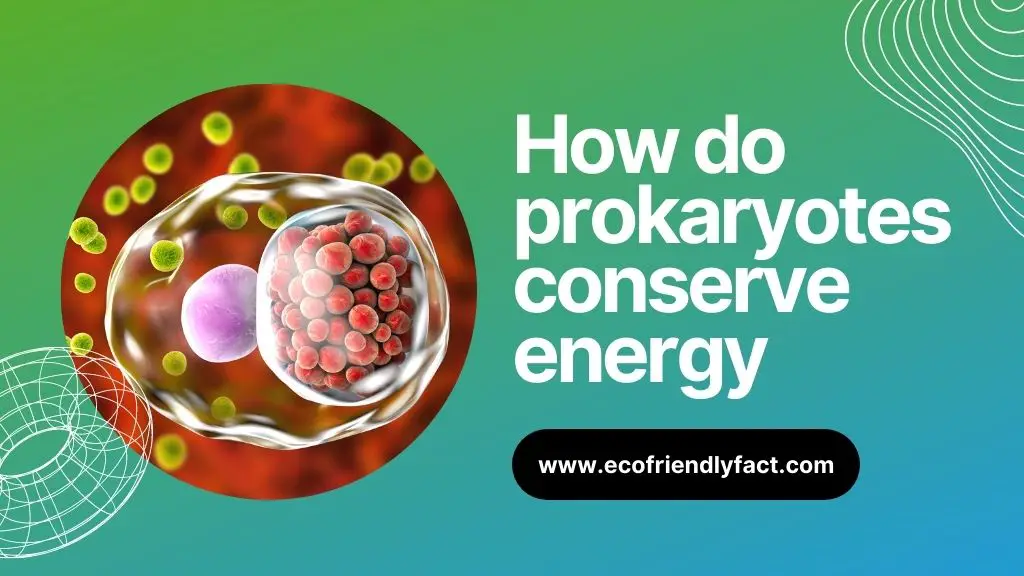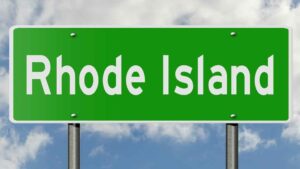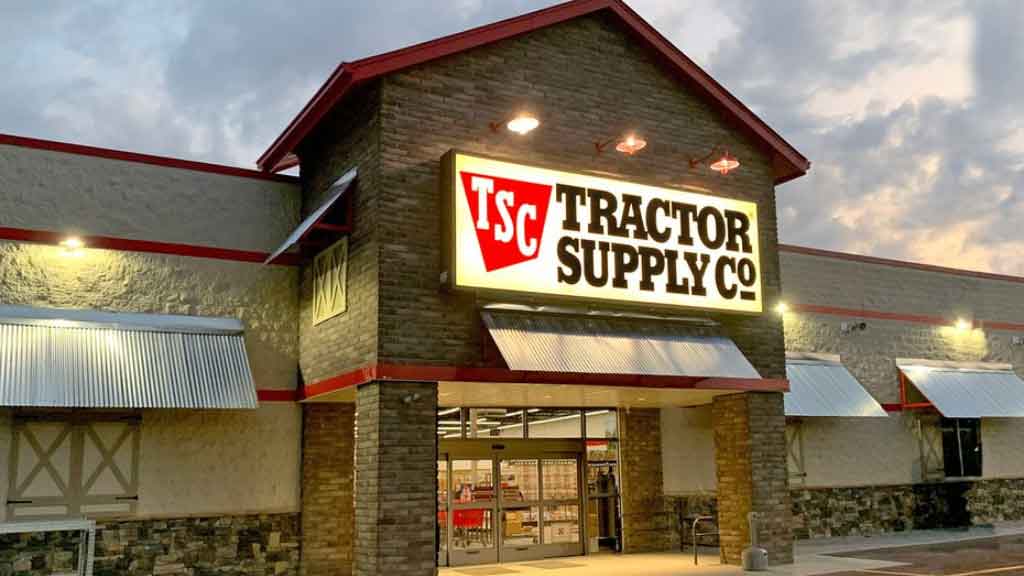Whenever we study prokaryotes, how they work and how do prokaryotes conserve energy, then the answer to this question is they conserve it through their continuous activities.
Yes, they simply produce those genes required for the prokaryote to function. They work on the metabolism process, so it gets done within no time. If the metabolism process takes too long, it will consume more energy, but this won’t happen in prokaryotes.
There are DNA-binding proteins in prokaryotes that would control the transcription to regulate genes. An operon is a part of prokaryotes as it would be a group of genes that are regulated together with DNA-binding proteins.
An insight into prokaryotes:
A prokaryote is a single-celled organism that doesn’t have a prominent nucleus or membrane. It also doesn’t have special organelles like bacteria or cyanobacteria. It works on its own, and it conserves energy. Now you might think that how do prokaryotes conserve energy when it doesn’t have a nucleus where they will be able to store their energy.
Well, it conserves energy by regulating necessary activities only. It doesn’t produce unnecessary genes in the cell. Plus, prokaryotes can be heterotrophic or autotrophic depending on getting carbon from other organisms or carbon dioxide.
For more information on how to Conserve Energy, you can get information here too.
What is the connection of prokaryotic cell and a eukaryotic cell?
A prokaryotic cell is a single-celled organism with no nucleus or a membrane. Whereas you will find a nucleus in a eukaryotic cell, and it saves its energy in it. But prokaryotic cell conserves their energy by allowing necessary activities to take place for the functioning of the cell.
A prokaryotic cell doesn’t contain mitochondria, so the ATP molecule will get produced on the cell wall of the membrane. At the same time, the eukaryotic cell does contain mitochondria that provide the cell with ATP molecules. It is to be said that may be the presence of mitochondria in the eukaryotic cell affects its size and shape. This is why they are bigger than prokaryotic cells.
1. What are prokaryotes?
A single-celled organism that doesn’t have a nucleus. They don’t have membranes or any other organelles. Yes, they don’t have cyanobacteria or bacteria as well. They conserve energy, but how do prokaryotes conserve energy? Well, with their continuous activities, they conserve energy.
2. What is a prokaryotic cell?
A prokaryotic cell is basically made up of an osmotic barrier cell’s primary constitutes and phospholipids. The cytoplasm in the prokaryotic cell has ribosomes. The ribosomes will carry out the synthesis process of protein. Also, a double-standard DNA chromosome is also a part of the prokaryotic cell.
3. What are a prokaryotic cell and a eukaryotic cell?
Well, a prokaryotic cell is a single-celled organism without a nucleus or membrane. Whereas if we talk about the eukaryotic cell, then it does have a nucleus. In the nucleus, the eukaryotic cells save their energy, but how do prokaryotes conserve energy? They conserve it by regulating their activities.
4. How do prokaryotes conserve energy?
With speedy metabolism, prokaryotes conserve energy. The faster their metabolism gets, the less amount of energy will get consumed for this process. Prokaryotes conserve energy by regulating their activities. It only produces those genes that would be necessary for the cell to keep functioning.
5. What is an operon?
An operon is a unit of DNA that functions for the synthesis of protein. You will find operon in a bacteria, and it will be its genetic regulatory system that would help in breaking protein for its synthesis to produce energy.
6. What is an operon in prokaryotes?
A cluster of genes to make a single cell RNA molecule in prokaryotes. Operon does the protein synthesis in bacteria in prokaryotes. Yes, it will provide the protein into smaller molecules to produce energy in prokaryotes.
7. What is lac operon in prokaryotes?
A group of genes having single mRNA will break proteins into smaller molecules for its synthesis is known as lac operon in prokaryotes. Yes, it carries out the protein synthesis process, so the bacteria will be able to get energy from lactose.
8. What is the function of genes in lac operon of E. coli?
The lac operon is an operon that helps in protein synthesis. Yes. The expression of enzymes will get controlled by the lac operon of E.coli. It will help in digesting lactose in the cell.
9. How does a repressor protein turn off the lac operon?
There are genes whose expression doesn’t get regulated in the cell, known as constitutive genes. When there is no lactose in the cell, the repressor will block the lac operon expression by binding it to the DNA.
10. How do the operons help a prokaryotic cell maintain homeostasis?
Basically, prokaryotic will be arranged in operons. It is very much important that the cell adopts the environment if it wants to survive it and maintain homeostasis. The DNA with more genes together encodes the proteins for performing a specific task.
11. Why do prokaryotes need to be able to regulate their metabolism quickly?
If they don’t do the metabolism quickly, then more amount of energy will get consumed for this process. The material will get wasted on unnecessary pathways and products. So, this is the main reason why prokaryotes try to do the metabolism process quickly.
12. How do DNA-binding proteins in prokaryotes regulate genes?
The DNA-binding proteins will control transcription to regulate genes. An operon is also a part of the prokaryotes cell. It is a group of genes, and DNA-binding protein will control its transcription for gene regulation.
13. Does gene expression require energy for regulation?
Yes, whatever gene expression takes place in the cells would require energy. Gene expression will need a significant amount of energy for the organism to express all the genes every time. Gene expression will conserve energy and space, and it would be a more energy-efficient thing to do if the genes only get turned on when they are needed.
14. How does gene regulation will help in conservation of energy for an organism?
Gene in the cells has the controlling power of the expression of genes. It helps in conserving energy for an organism by turning on the only required gene in the cell. Not all genes need to get energy at all times.
15. What is the levels at which gene regulation takes place in prokaryotes?
At the transcriptional level, gene regulation occurs in prokaryotes. It is mostly observed at this level, and it’s a process that happens consistently at these levels.
16. What is the source of nutrients for prokaryotes?
From carbon dioxide, the autotrophic prokaryotes synthesize the organic molecules. But when it comes to heterotrophic prokaryotes, they get carbon from organic compounds.
17. How does ATP is produced in prokaryotic cells?
The prokaryotic cell doesn’t have mitochondria, so they produce ATP on the membrane’s cell surface. It is one of the reasons that due to the presence of mitochondria in eukaryotic cells, they are larger in size as compared to prokaryotic cells.
18. What are the ways for prokaryotes to obtain energy?
There are four ways for prokaryotes to obtain energy. The four ways are photoheterotrophs, chemoheterotrophs, photoautotrophs, or chemoautotrophs.
19. What is the survival strategy for prokaryotes?
Almost all the prokaryotes cells have a cell wall that will guard them and help them to survive in hypo or hyper-osmotic conditions. There are some soil bacteria that form endospores that help in resisting drought and heat.
20. Do prokaryotes consume any food?
If we talk in terms of carbon metabolism, then prokaryotes are either autotrophic or heterotrophic. If you are asking about heterotrophic prokaryotes, then they use organic compounds from other organisms to get carbon from the. Prokaryotes don’t eat food, but they get energy from different resources.
21. Would you find ATP in a prokaryotic cell?
In eukaryotic cells, mitochondria provide them with ATP molecules. There are no mitochondria in prokaryotic cells then. They simply produce ATP on the cell surface of the membrane.
22. How much ATP do prokaryotes generate from one glucose molecule?
From one molecule of glucose, prokaryotes generate 38 ATPs. It can increase or decrease in some specific situations, but in most cases, this number is pretty specific.
23. How do prokaryotes move?
Prokaryotes move through swimming, floating, twitching, gliding, or swarming on moist surfaces. They like dampness because it helps them move quickly.
24. Are mostly prokaryotes Photoheterotrophs?
Prokaryotes do get carbon from carbon dioxide or from other living organisms. Prokaryotes are most likely chemoheterotrophs, but it also depends on the organisms whether it is consuming carbon from living organisms or carbon dioxide.
Final Remarks:
Now you might have understood the concept of prokaryotes and how do prokaryotes conserve energy? Plus, how they are different from prokaryotic cells. You can find prokaryotes in single-celled bacteria. So, organisms with prokaryotic cells are called prokaryotes.

















